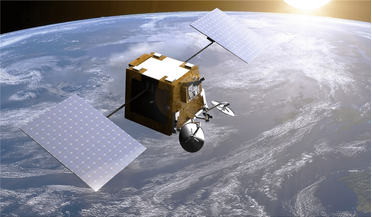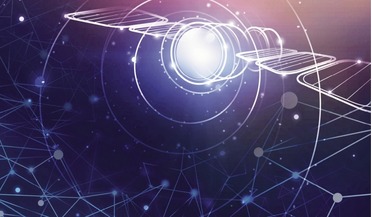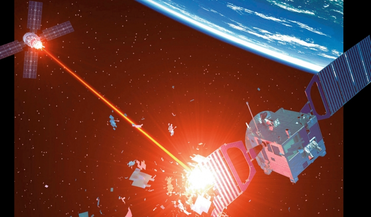 December 2021
The rise of the UK space economy
December 2021
The rise of the UK space economy
... more focused on delivery. Britain’s separation from the European Union, ‘Brexit’, and the challenges around access to Galileo and positioning, navigation and timing (PNT) services, have added impetus to the development of an independent capability...
 February 2022
A manifesto for Europe in space
February 2022
A manifesto for Europe in space
.... This composite image of Jupiter and its four Galilean moons was created using images obtained by the Galileo spacecraft in June 1996 (Jupiter, Io and Ganymede) and September 1996 (Europa). The portrait of Callisto is from the...
 March 2022
Smoothing the journey to space with the satellite-as-a-service model
March 2022
Smoothing the journey to space with the satellite-as-a-service model
... satellites would enable an ad-hoc global or regional navigation system to be re-created if the primary GNSS, such as GPS or Galileo, were to become unavailable. This would require suitably accurate onboard timing systems, of lesser fidelity than...
 May 2022
China’s international collaboration in space: an evolving approach from the Middle Kingdom
May 2022
China’s international collaboration in space: an evolving approach from the Middle Kingdom
... other countries more options. Rather than having only three global satnav constellations (GPS, GLONASS and Galileo), countries like Cambodia can now choose from four. More bargaining power for them? Yes. Net...
 June 2022
Military space – how worried should we be?
June 2022
Military space – how worried should we be?
... System (IRNSS). Europe developed a technical workaround to circumvent the dual use problem by part-funding its system, Galileo, through the European Union, so that the military of its member states could access the military precision...
 January 2023
Portugal’s sustainable space strategy
January 2023
Portugal’s sustainable space strategy
... in the country actively participating in the development of and benefiting from the EU’s space programmes, such as Copernicus and Galileo. We are still a relative youngster in space terms and started our main journey more or less 22 years ago...